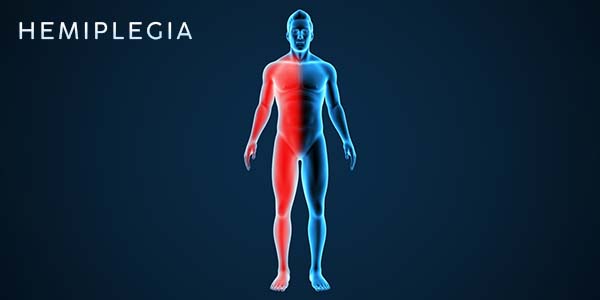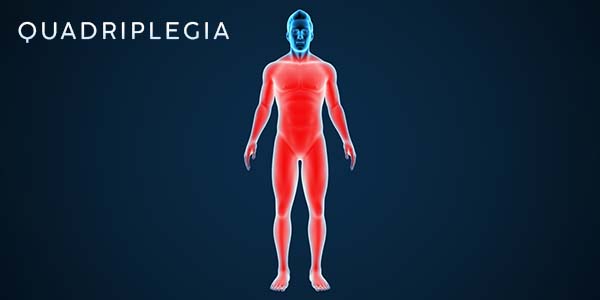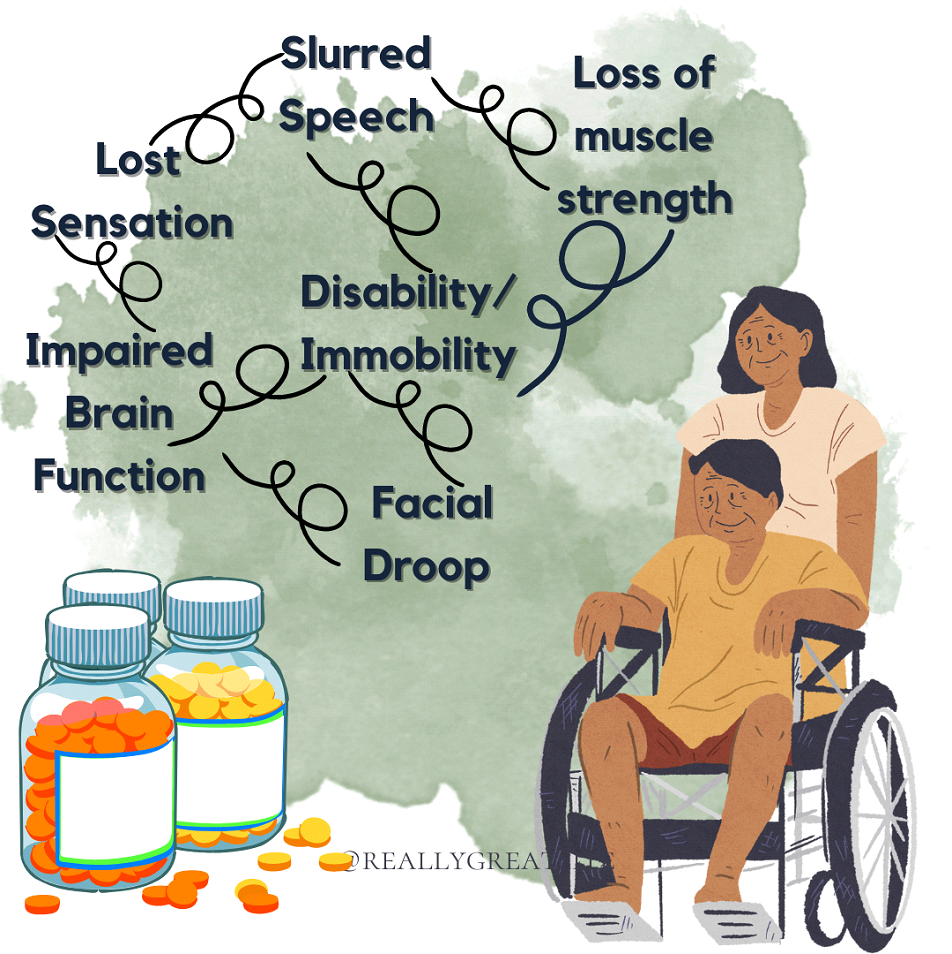Find answers to common health questions in our FAQs, offering insights on personalized Ayurvedic treatments and expert guidance.
What is Paralysis? Disability caused by the damaged nervous system
The partial or complete loss of strength and control over a muscle or group of muscles in a body part is known as paralysis. Several circumstances, such as spinal cord injury, strokes, and diseases such as multiple sclerosis, can cause it. But, most of the time, this isn’t because of a muscular condition. Instead, it’s likely due to a malfunction in the nerve cell chain connecting your body to your brain and back. Paralysis can be temporary or permanent, depending on the cause and severity of the condition. Treatment options vary depending on the underlying cause and may include physical therapy, medication, or surgery.
Book Appoinment
Pakshaghat, one of the Vata vyadhis described in the ancient Indian medicine texts
According to Ayurveda, paralysis is a neurological condition termed Pakshaghata in the Ayurvedic language. Pakshaghata is caused by an imbalance in Vata Dosha. Vata is one of the three doshas in Ayurveda, vata is in charge of controlling physiological processes like respiration, blood flow, and nerve impulses. Moreover, symptoms like anxiety, constipation, and joint discomfort can result from a vata imbalance. In Ayurveda, paralysis is most prominently included under the category of Vata vyadhi diseases because it is primarily associated with aggravated Vata dosha. It is believed that when Vata is aggravated predominantly in the region of the brain due to reasons like stress, sleep deprivation, or obstruction of srotas in the brain, paralysis might develop due to the detrimental effects of aggravated Vata on the nerves.
Explore the ancient secrets of Ayurveda with online consultations from top doctors,
bringing you personalized health solutions for overall well-being.

The inability to move limbs on one side of the body is known as Monoplegia. This disease affects the movements of one of the limbs or some specific muscles of the body. Monoplegia can be caused by a variety of conditions, including stroke, spinal cord injury, cerebral palsy, etc.

Hemiplegia is when a person loses control of one side of their body. This usually affects one arm and one limb of the body. Also, other parts, though functional, loses strength and endurance drastically. Hemiplegia can be caused by injury or by a stroke too, in which functionality of one side of the brain is impaired.

Paraplegia is characterized by the patient’s inability to control their muscles below the waist, and each person may experience it differently. The primary cause of this disease is usually found in the brain or spinal cord. Sometimes only the lower torso limb is paralyzed, while other times, the entire body suffers from mobility issues.

Quadriplegia is a condition in which every limb in the body gets paralyzed. In this scenario, the patient’s hands and legs become non-functional because the brain’s signals to the areas below the neck are not returned. It may be due to spinal cord or brain injuries.
Slurred Speech: Restricted blood supply may result in a disability to move and control facial muscles; thus, the patient may feel difficulty speaking, expressing, and explaining thoughts.
Affected cognitive brain functionalities: The patient may feel trouble understanding or confusion, especially while doing simple tasks.
Difficulty with muscle strength: The person may lose muscle strength in arm or legs.
Numbness: Sometimes, the affected person may not feel some part of the body, for example, an arm or leg, especially on one side of the body.
Severe headache: Damaged blood supply damages the brain functioning, creating cerebral pressure and resulting in severe headaches.
Facial droop: Impaired facial expression on one side along with other effects like drooping, difficulty swallowing and chewing, etc.

50,000+ Paralysis patients have been cured with Advanced Ayurvedic Paralysis Treatment
Sai Sanjivani is a leading and well-trusted ayurvedic center that treats patients suffering from paralysis all over the world. We provide 100% safe herbal medicines and proper diet plans to our paralysis patients. Dr. Puru Dhawan (BAMS) advises a complete course of Ayurvedic medicines and a diet chart for paralysis. Patients start showing signs of improvement within the first month of treatment. His videos also demonstrate paralysis exercises and physiotherapy in the comfort of home. Our paralysis medicines are natural, and safely based on herbs and minerals without any side effects.










